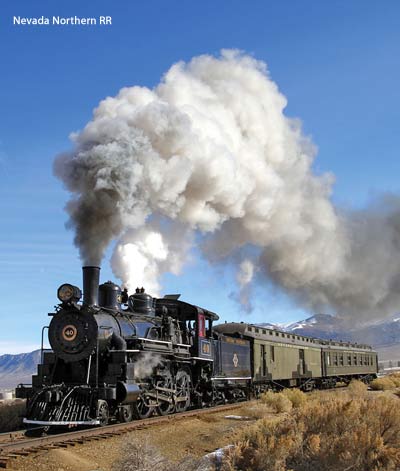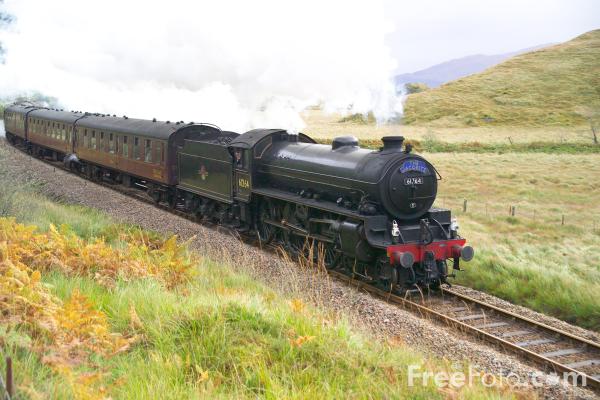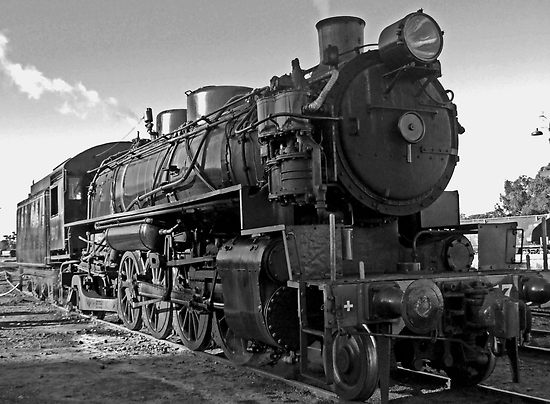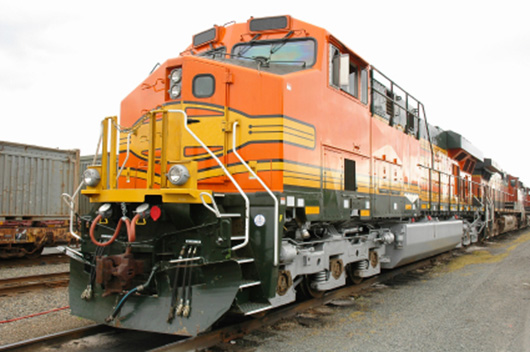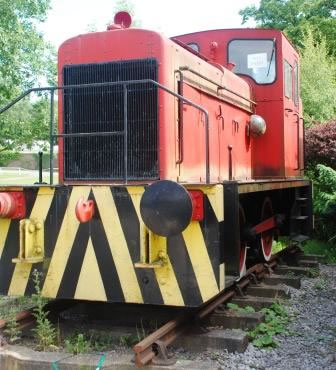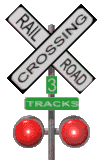
Owen loves trains.
Train history
Roads of rails called Wagonways were being used in Germany as early as 1550. These primitive railed roads consisted of wooden rails over which horse-drawn wagons or carts moved with greater ease than over dirt roads. Wagonways were the beginnings of modern railroads.
By 1776, iron had replaced the wood in the rails and wheels on the carts. Wagonways evolved into Tramways and spread though out Europe. Horses still provided all the pulling power. In 1789, Englishman, William Jessup designed the first wagons with flanged wheels. The flange was a groove that allowed the wheels to better grip the rail, this was an important design that carried over to later locomotives.
The invention of the steam engine was critical to the invention of the modern railroad and trains. In 1803, a man named Samuel Homfray decided to fund the development of a steam-powered vehicle to replace the horse-drawn carts on the tramways.Richard Trevithick (1771-1833) built that vehicle, the first steam engine tramway locomotive. On February 22, 1804, the locomotive hauled a load of 10 tons of iron, 70 men and five extra wagons the 9 miles between the ironworks at Pen-y-Darron in the town of Merthyr Tydfil, Wales to the bottom of the valley called Abercynnon. It took about two hours.
In September, 1825, the Stockton & Darlington Railroad Company began as the first railroad to carry both goods and passengers on regular schedules using locomotives designed by English inventor, George Stephenson. Stephenson's locomotive pulled six loaded coal cars and 21 passenger cars with 450 passengers over 9 miles in about one hour.
George Stephenson is considered to be the inventor of the first steam locomotive engine for railways. Richard Trevithick's invention is considered the first tramway locomotive, however, it was a road locomotive, designed for a road and not for a railroad. Stephenson was extremely poor growing up and received little formal education.
Colonel John Stevens is considered to be the father of American railroads. In 1826 Stevens demonstrated the feasibility of steam locomotion on a circular experimental track constructed on his estate in Hoboken, New Jersey, three years before George Stephenson perfected a practical steam locomotive in England. The first railroad charter in North America was granted to John Stevens in 1815. Grants to others followed, and work soon began on the first operational railroads.
Designed and built by Peter Cooper in 1830, the Tom Thumb was the first American-built steam locomotive to be operated on a common-carrier railroad.
The Pullman Sleeping Car was invented by George Pullman in 1857. Pullman's railroad coach or sleeper was designed for overnight passenger travel. Sleeping cars were being used on American railroads since the 1830s, however, early sleepers were not that comfortable and the Pullman Sleeper was very comfortable.
There are a number of websites on the internet dedicated to train enthusiasts. Here are some really interesting websites:
Click here to view live train cams!
Click here for information about trains from all around the world!
